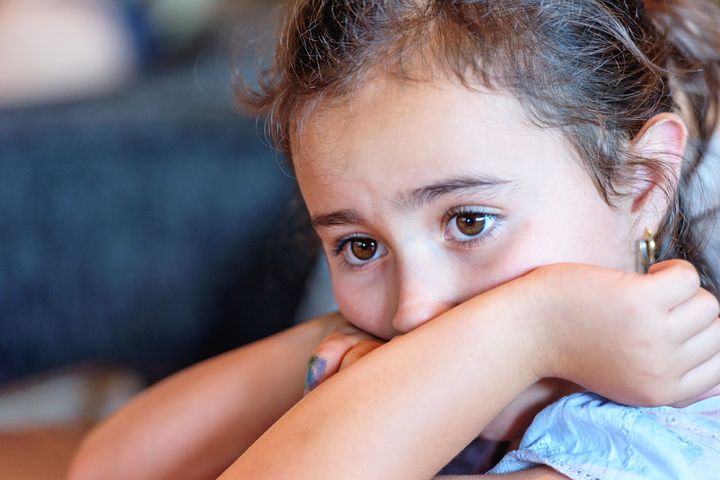
Parents and educators take note and plan for the next school year now. SEL (social emotional learning) research links a child's emotional well-being to academic proficiency with a minimum dollar investment. Extensive rigorous research demonstrates that an emotionally secure child has a healthy understanding of interpersonal skills and improved academic performance.
Linda Lantieri and Daniel Golman are two founders of CASEL (Collaborative for Social and Emotional Learning) a world leader in SEL research co-ordination and program promotion. In the forward to Lantieri's book Building Emotional Intelligence, Golman states " One way to ensure every child gets the best lessons of the heart is to make them part of the school day as well as part of a child's home life.'
After using CASEL approved material for many years in my classroom my first- hand experience proved the benefits of social learning embedded in curriculum. That in turn led me to train educators and advocate for consistent SEL programming across the grades. CASEL research supports the tenet that classroom teachers can effectively teach SEL.
Dr. Susan David presents a credible new frontier in this field of SEL. She has pioneered a four step approach to managing emotions she defines as Emotional Agility. Her original book Emotional Agility Get Unstuck, Embrace Change And Thrive in Work And Life centred on the workplace but she dedicated resources for its application in raising emotionally intelligent children.
For parents and educators interested in this concept a youtube video by Dr. David addresses her theory in relation to raising children.
Dr. David highlights the importance of emotional skills in a child's life. It equips a child to face the bullies and bad influences of the world. We cannot change what our children inadvertently face every day. We can only help and guide them with the skills necessary to cope with life's challenges.
Showing our emotions sends a message to our children that emotions are not to be feared.
In previous generations we got by with Dr. Spock and the odd child rearing manual. In today's ever changing world, social learning skills are a must for children. We simply cannot ignore the benefits of SEL for a child's well- being.
There will always be bullies and outside negative influences. Just ask any adult. Emotional agility dovetails with resiliency, enhancing the attributes of that trait.
Many years ago a friend advised me to 'stay in the moment' when I was working through some serious personal issues. Likewise, Dr. David has as her first point that we need to let children 'feel ' the emotion. Don't try to gloss over it, or take over and make it better. Let them experience the emotion.
David suggests that rushing into solving our child's problems is perhaps not the most effective way to help them learn how to cope when issues in life arise. Every parent knows the pain of seeing their child in distress over some emotional hurt. As parents we must accept that we cannot make 'boo boo's go away for their entire life. Let them feel it and learn some agility skills. Dexterity counts in the game of life too.
Showing our emotions sends a message to our children that emotions are not to be feared. This is David's next step. Shame is so often associated with showing emotions. Criticism for not 'manning up' or admonishing them to grow up are expressions used to belittle the process of expressing emotions.
Naming the emotion, identifying the difference between sad and mad as an example, is David's next step in your child's road to emotional agility. Connecting body language and emotions is another life lesson for a child. Naming a possible emotion by the way a person looks. Anticipation connected to understanding fosters empathy.

To further add to the complexity of this naming process, we can, at times, feel a multiple of emotions. If they are participating in an activity for the first time, the opportunity is there to explain that fear and excitement often go hand in hand. The first time they perform on stage or play on their team will not feel the same as the tenth game or the third or fourth performance.
'This too shall pass' was helpful advice from my principal many years ago during a particularly stressful time in my life. He was right and it did. In the same vein, a child should understand that an extreme emotion passes. We can feel happy, or scared or excited and eventually that emotion will pass. "Those are feelings and fears, not fixed states. People and things change. "Dr. David reminds us. A lesson adults as well as children might want to ponder.
The goal is to help our children create an agility or flexibility with their thoughts and feelings. School districts are already planning for the next school year. Parents need to talk to other parents and equip themselves with SEL knowledge. They should advocate for CASEL supported programming in their school. It is a guaranteed investment in your child's future.
Follow HuffPost Canada Blogs on Facebook
Also on HuffPost: